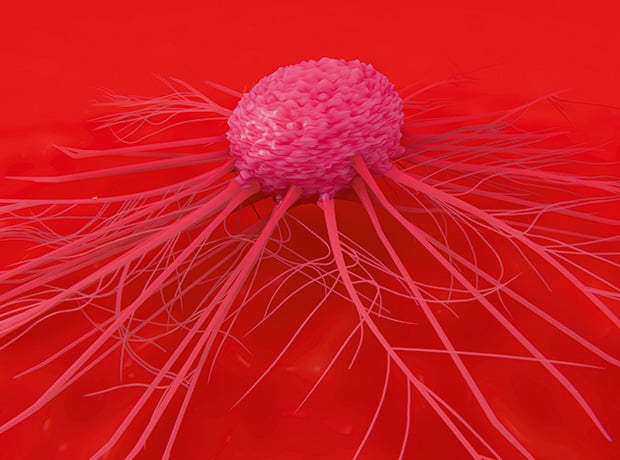The US Food and Drug Administration (FDA) has accepted a Biologics License Application (BLA) for isatuximab for a review, for the indication of relapsed/refractory multiple myeloma (RRMM).
The drug’s maker Sanofi has announced that the target action date for the FDA decision is April 30, 2020.
The drug is an investigational monoclonal antibody that targets a specific epitope on the CD38 receptor of a plasma cell and its BLA is based on positive results from ICARIA-MM, an open-label pivotal Phase III clinical trial of isatuximab in patients with RRMM.
During the trial, isatuximab was administered through an intravenous infusion at a dose of 10mg/kg once weekly for four weeks, then every other week for 28-day cycles in combination with standard doses of pomalidomide and dexamethasone for the duration of treatment, and was found to prolong progression-free survival by five months versus Pomalyst and dexamethasone alone in patients.
“We are excited by these results, which represent significant progress in our ambition to extend the lives of multiple myeloma patients,” said John Reed, head of Research and Development at Sanofi. “We look forward to engaging with regulatory authorities with the goal of bringing this potential new treatment to patients as quickly as possible.”
The drug is currently being evaluated in multiple ongoing Phase III clinical trials in combination with current standard treatments for people with relapsed/refractory or newly diagnosed multiple myeloma, as well as being under investigation for the treatment of other hematologic malignancies and solid tumours.
Multiple myeloma is the second most common hematologic malignancy, affecting more than 138,0002 people worldwide. Multiple myeloma results in significant disease burden, as patients with multiple myeloma continue to relapse over time making it a difficult to treat and incurable malignancy.










